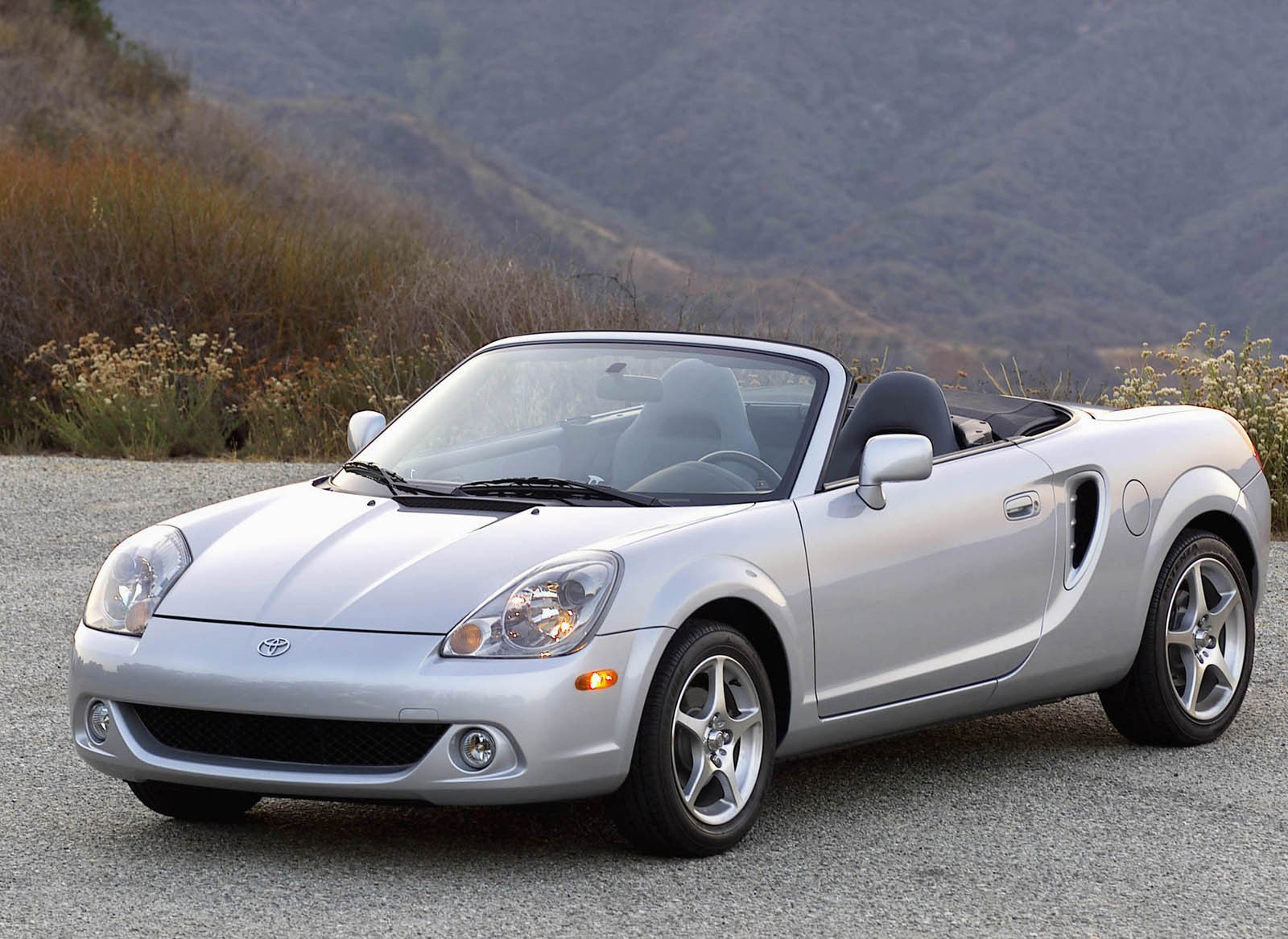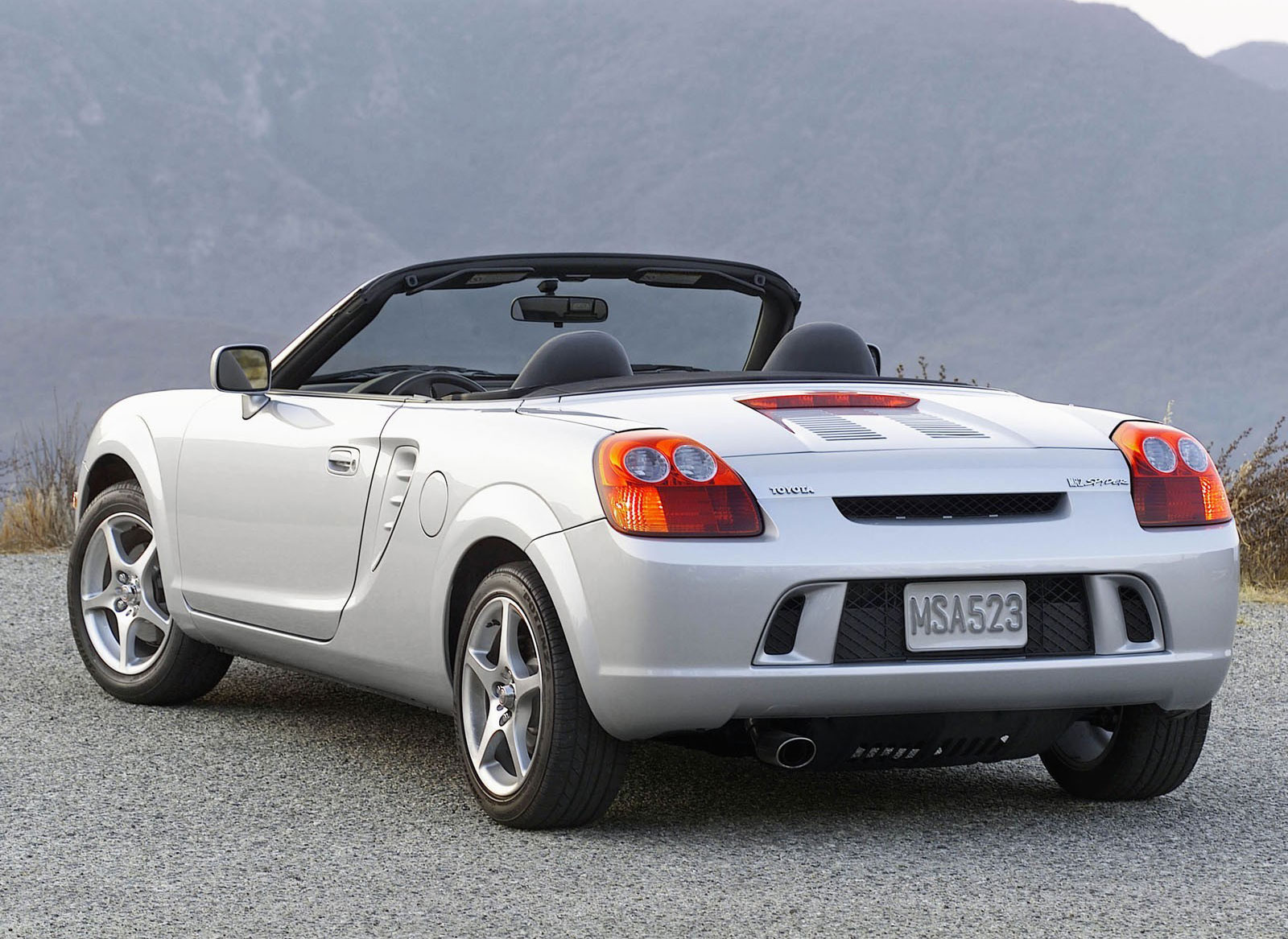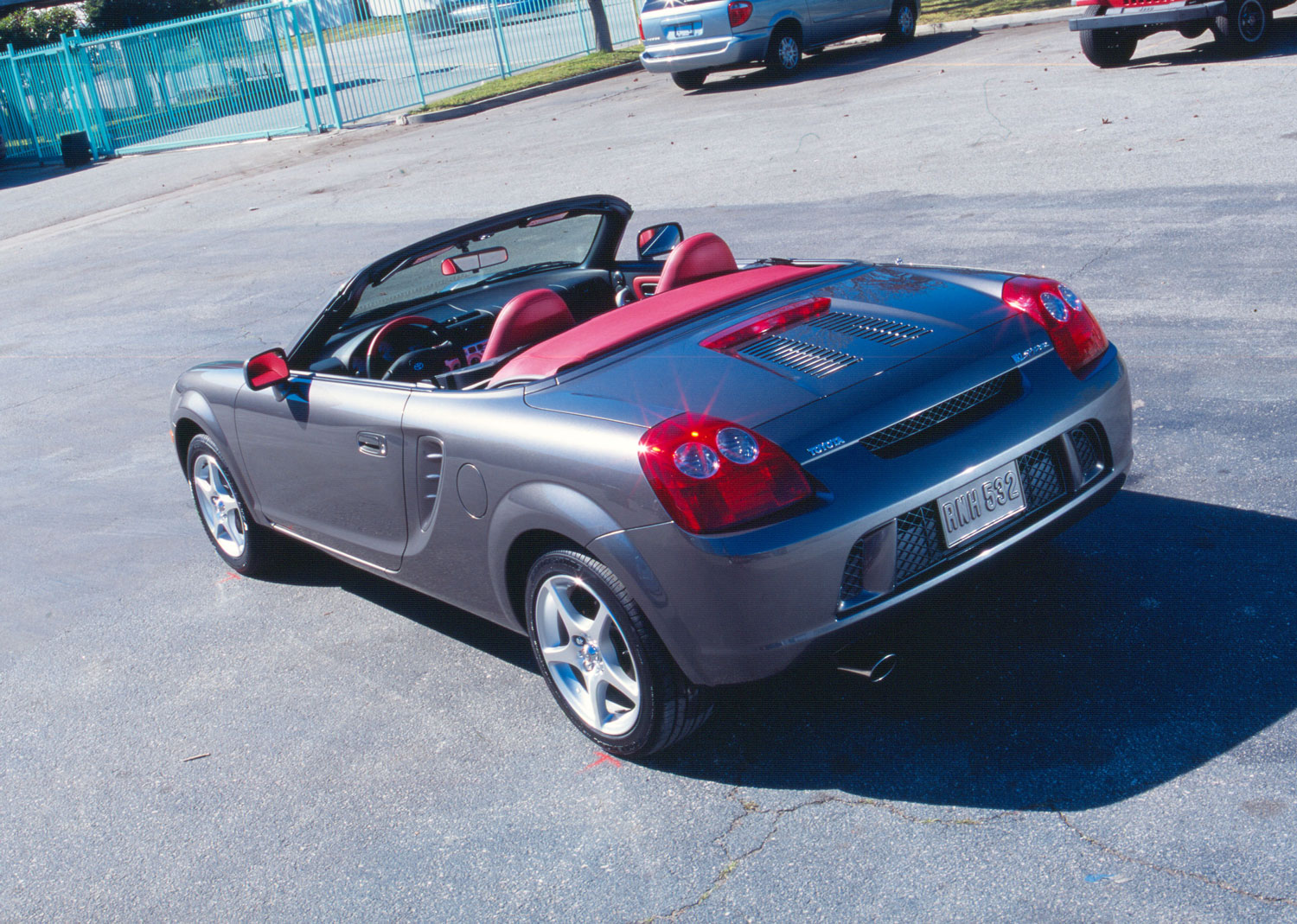Media | Articles
The third-gen Toyota MR2 is a mid-engine alternative to the trusty Miata
It seems no matter how hard the Toyota MR2 tries—and granted, it’s difficult to gain new followers when the final MR2 rolled out of U.S. dealerships in 2005—the primary car that America’s two-seat roadster community celebrates is the Mazda Miata. We get it; the MX-5 is not only fun to drive, it’s affordable, reliable, and raceable. And much to the chagrin of the MR2, the Miata proudly disproved the old saying that “the early bird gets the worm.”
Toyota got a five-year head start and had already sold 160,000 “Midship Runabout 2-seaters” by the time the Miata arrived in 1989. And despite the cars’ similarities—they both have dependable small-displacement engines, rear-wheel drive, slick five-speed transmissions, a low price, and Asian sports car heritage—the MR2 was no match for the MX-5, the world’s best-selling roadster. The MR2 just never earned the popularity and enthusiastic fan base that has propelled the Miata for more than three decades.
On the bright side, the first-generation 1984–89 MR2 has been getting some love of late, at least in the collector car market. And while a high tide generally raises all boats—and the second-gen MR2 Mk II Turbo is also receiving more interest these days—the much more recent, third-gen 2000–05 MR2 Spyder has been living a quiet existence in the collector car market. Which is a good thing for those folks who are looking for an inexpensive, fun roadster not named Miata.
“With relatively few produced, a small aftermarket, and being overshadowed by its more powerful turbocharged second-gen brother, the third-gen MR2 likely won’t see a big break in the collector market soon,” says Hagerty valuation analyst James Hewitt. “But you don’t need it to be collectible to have fun. Value for money? The third-gen MR2 is hard to beat in today’s market.”
Marketplace
Buy and sell classics with confidence

When Toyota unveiled the third-gen MR2 Spyder for 2000, Car and Driver gushed over it. While the magazine acknowledged that mid-engine cars are “highly responsive and occasionally verge into outright instability,” it reported that “Toyota took no chances with the new Spyder.” The MR2 was 2.3 inches shorter than the rival Miata, but its wheelbase was 7.3 inches longer. And the car’s 140-horsepower inline-four engine provided plenty of pep.
“At no time during our first stint behind the wheel did the car ever display anything other than progressive understeer in corners, and it tracked as straight as a laser at triple-digit velocities with genuine hands-off-the-wheel balance,” Car and Driver wrote. “…The new MR2 Spyder is so confidence inspiring that it might almost be the reason Toyota chose the mid-engine format. You know, to prove once and for all that it can be done with none of the quirks found in other examples of the type.”
Values for 2000–05 MR2s have remained flat for some time, and they’re virtually identical over the third generation’s six model years: $14,900 for examples in #1 (Concours) condition, $10,000 in #2 (Excellent) condition, $6200 in #3 (Good) condition, and $3400 in #4 (Fair) condition. That makes them the least-expensive members of the MR2 family—and generally $1000–$1500 cheaper than comparable Miatas.
As much as we love the Miatas, sometimes, for some people, the mid-engine MR2 is the right answer.






